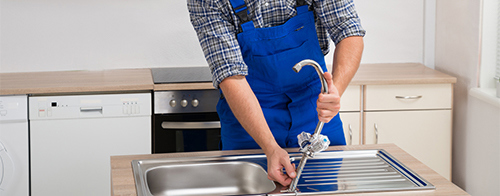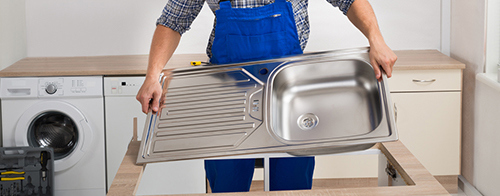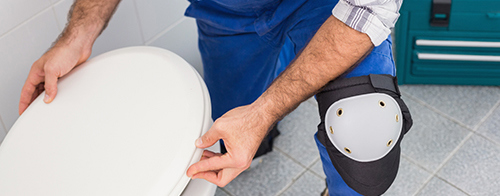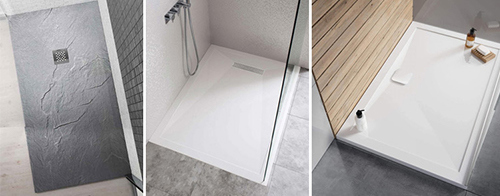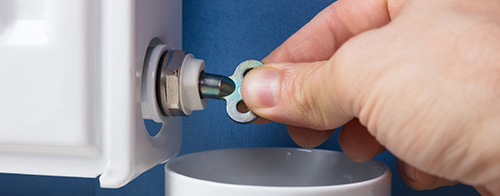How To Get Into DIY
Beginner DIY Tips
Start Small
If you are taking on DIY for the first time, we'd always recommend starting on smaller tasks, particularly tasks that don't involve any plumbing. For example, replacing a toilet seat can be done very quickly and there's little chance of anything going wrong. This won't just get you started, it will also build up confidence.
Don't Be Afraid To Ask For Help
Everyone was a beginner once, so you should never be afraid to ask for help. Whether it's a quick call to a friend or someone in your home, it's always better to get a second opinion than make a mistake. It's also important to ask for help when lifting heavy objects and consult the manufacturer's instructions before starting.
Know Your Limits
It’s important to know your limits when starting DIY. You should always have a qualified electrician complete any electrical work and if you are working anywhere near electricity, turn off the supply. Similarly when working with plumbing, it's important to turn off the water at the mains and call a plumber if you are unsure!
Don't Take Out Anything Crucial
When tackling DIY projects, we'd always recommend sticking to projects that aren't crucial to your home. This means only attempting to replace your toilet if you have two in your home, or fitting a new shower tray if you also have a bath as a backup.
Learn From Mistakes
Until you become confident using your tools and working with different materials, it is likely your projects will take longer than someone with experience and you will make mistakes. It is important to remember this is all part of the learning process!
Use the Correct Tools
With any DIY project, having the correct tools for the job is vital. Although it may seem expensive at first, investing in a good set of tools will pay for itself in the long run. Luckily, we've created a list of the tools we think you'll need to get started.
Beginner DIY Toolkit

Screwdriver Set
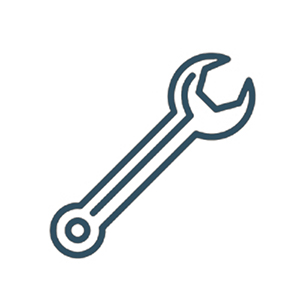
Set Of Spanners

Electric Drill

Tape Measure
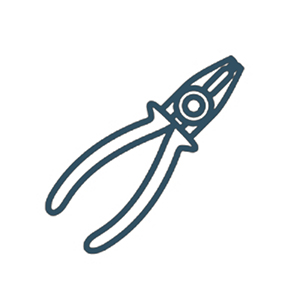
Pliers

Spirit Level
DIY Jobs
Now you're ready with your tools and beginner tips, it's time to get started on your DIY journey! We've outlined some projects which are perfect for beginners below.
How To Change A Kitchen Tap
Changing a kitchen tap isn't as difficult as you might think. Although it's something people will often shy away from as it involves connecting and disconnecting water pipes, once you know what you're doing the process can be stress free. This article outlines both how you remove your current tap and how you can replace it with a new one.
Top Tip: Make sure your water is turned off at the mains. This will eliminate the risk of any leakage when connecting and disconnecting pipes.
How To Remove & Replace A Kitchen Sink
Now you know how to fit a kitchen tap why not also replace your sink? If your sink has been looking tired and outdated for a long time but you’ve been putting off replacing it due to installation costs, worry no more. With this concise guide we will show you how you can take out your old sink and install a new one with minimal fuss.
Top Tip: If you want to make the process a little bit easier, choose a sink the same size as your current one. This will avoid the need to cut into your worktop.
How To Fit A Toilet Seat
This is an easy task which can have a fantastic impact on the look & feel of your bathroom. Replacing a tired, old toilet seat with a shiny new one is a great way to start to your DIY journey. Once you know which type of toilet seat you have and where the fixings are, it's as easy as loosening a few screws and pulling the seat off.
Top Tip: Clean the area where your toilet seat once sat before installing the new one.
How To Fit A Shower Tray
Fitting a shower tray is one of the more challenging DIY projects but it can still be attempted once you've built up your confidence. Our guide will take you step by step through the process so you can give your bathroom a stunning refresh.
Top Tip: Double check everything is completely watertight before finishing your shower tray off with sealant.
How To Bleed A Radiator
This is a DIY job many know they need to do but few attempt. Bleeding your radiators is a task which can bring excellent improvements in the performance of your radiators and help them last even longer. It requires very few tools and DIY knowledge to complete, so it's an excellent place to get started.
Top Tip: Make sure you've got a container on hand to catch any water shooting out of the radiator.
How To Stop Dripping Taps
This is something you’ve been meaning to get sorted for months, right? A dripping tap is something many of us will just put up with because we believe we don’t have either the time or the DIY skills to fix it. We will take you through step by step how you can disassemble your tap, fix the cause of the leak and put it back together in no time.
Top Tip: Cleaning your tap regularly with a limescale cleaner can help reduce the chances of your tap dripping in the future.

